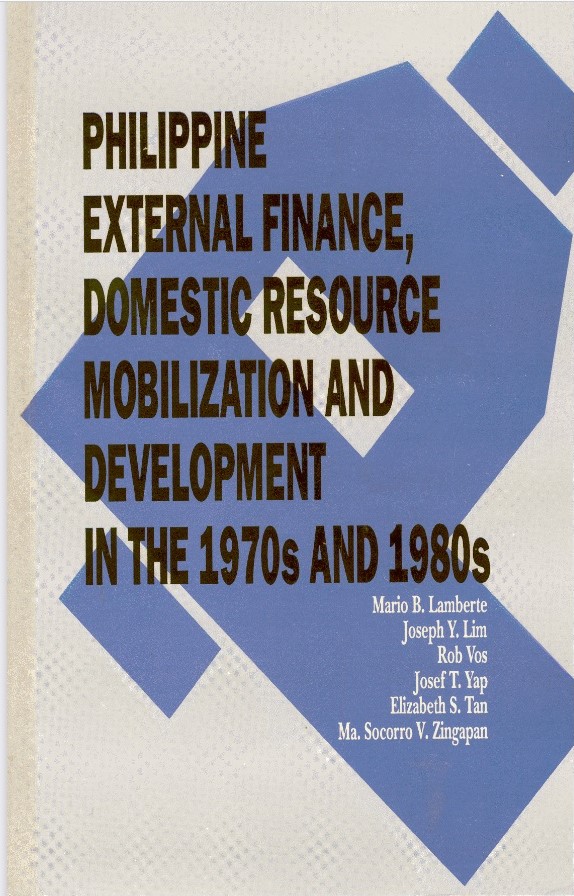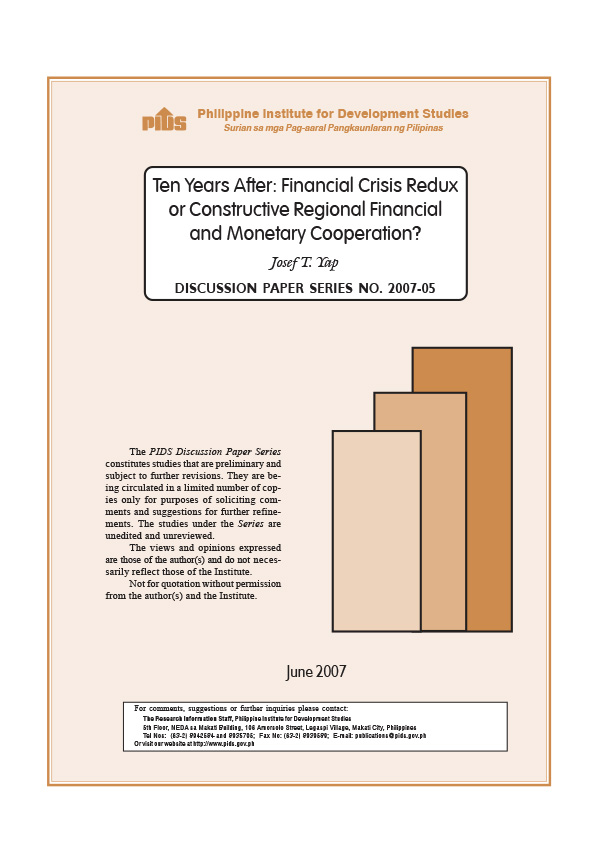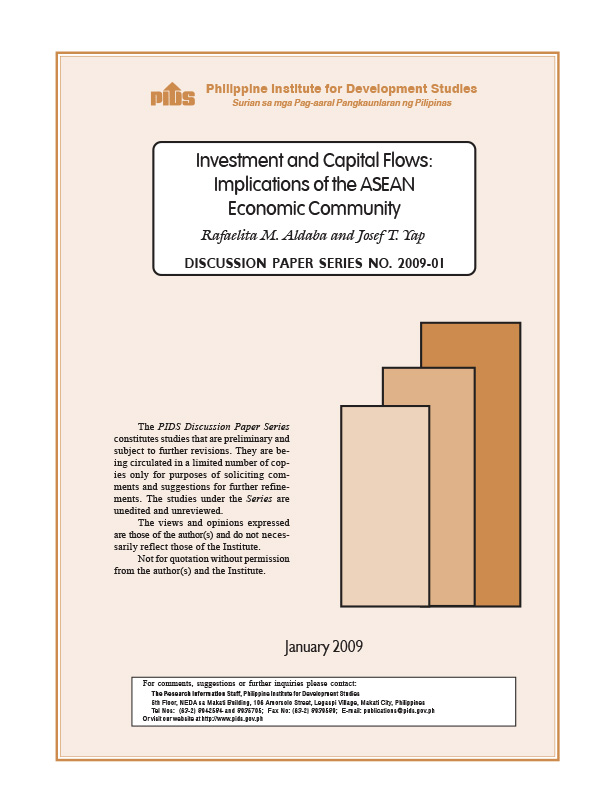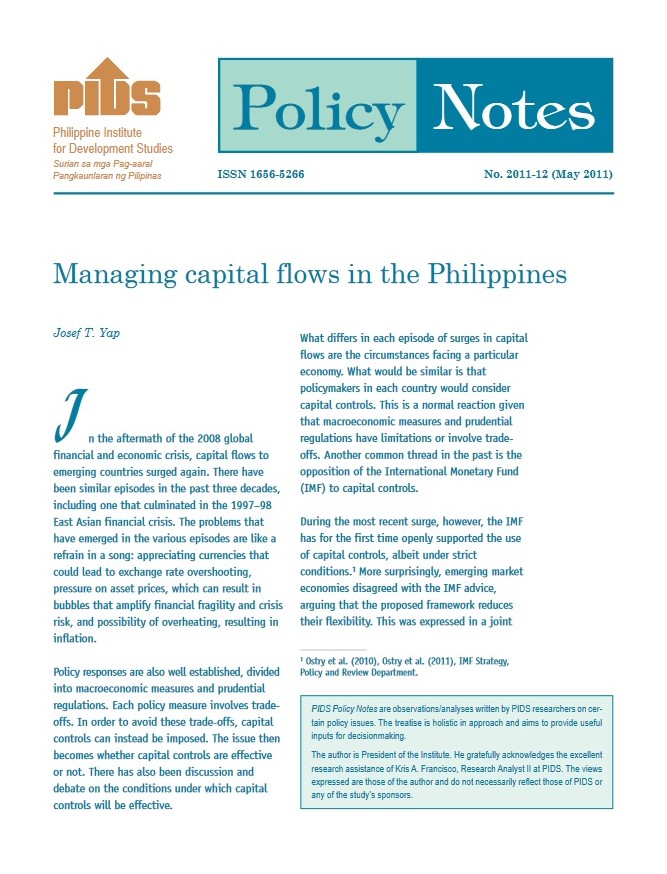A central theme in macroeconomic policy decision-making in the Philippines for the past decade has been the external debt problem. Very likely, too, it will remain as a key issue in the 1990s. In the light of this, we hope that his volume would be able to shed light on the roots of this long-standing problem. The study starts by tracing the performance of the Philippine economy, the entry of external finance in the structure of the economy and the impact of such funds availability on the saving and investment behavior of the major actors in the economy. It continues by assessing the role of policies in the web of interrelationships among these variables. How have policies reacted to the events of the period? Are they proactive or reactive? In the realm of external financing, have they provided incentives to the savings and investment environment? Towards the end, the study outlines a set of policy actions and recommendations, which may be of use and help to domestic and international policymakers especially those in the developing countries. For this alone, the study probably deserves extra attention for it offers some clear-cut solutions. But even apart from this, the rich source of historical data and analysis contained in the volume makes it a very good reference material for any scholar or student of external finance and a significant contribution to the literature on development finance.












